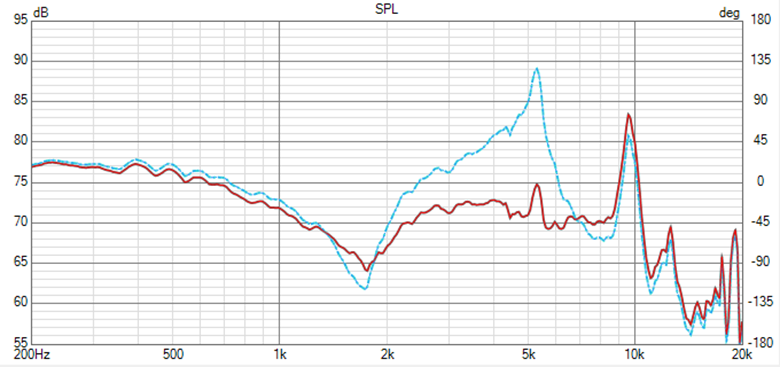ksulliva01
Member
- Joined
- Jun 25, 2020
- Messages
- 23
- Likes
- 17
Perhaps some engineers can weigh in on this question that has always bugged me. Comparing two speakers recently that both share pretty flat and respectable freq. responses, I noticed one pair has a decidedly smoother overall sound character. For lack of any better terms, "buttery," "rich," "polite," all come to mind. It's not high frequency rolloff as the speaker is very detailed and extends past 20K. The other speaker in question sounded a tad "harsher" with a kind of forwardness to the presentation that can sound good or bad depending on recording.
Speaker 1 (the smooth one) did measure on this site with ~2db dip between 2-4K. I guess this is essentially the BBC dip. Is this what's causing that warmth and politeness? It doesn't seem to be enough to add up. Or is it this dip in combination with room reflection due to a different dispersion pattern + other factors??
Speaker 1 (the smooth one) did measure on this site with ~2db dip between 2-4K. I guess this is essentially the BBC dip. Is this what's causing that warmth and politeness? It doesn't seem to be enough to add up. Or is it this dip in combination with room reflection due to a different dispersion pattern + other factors??


